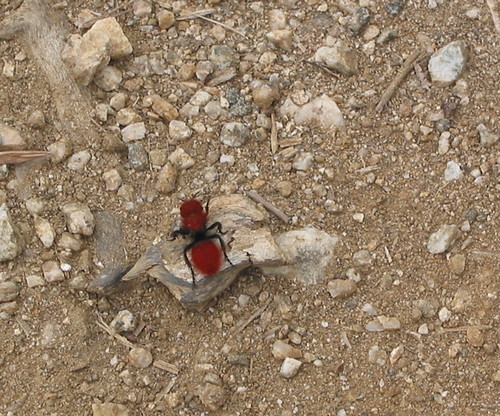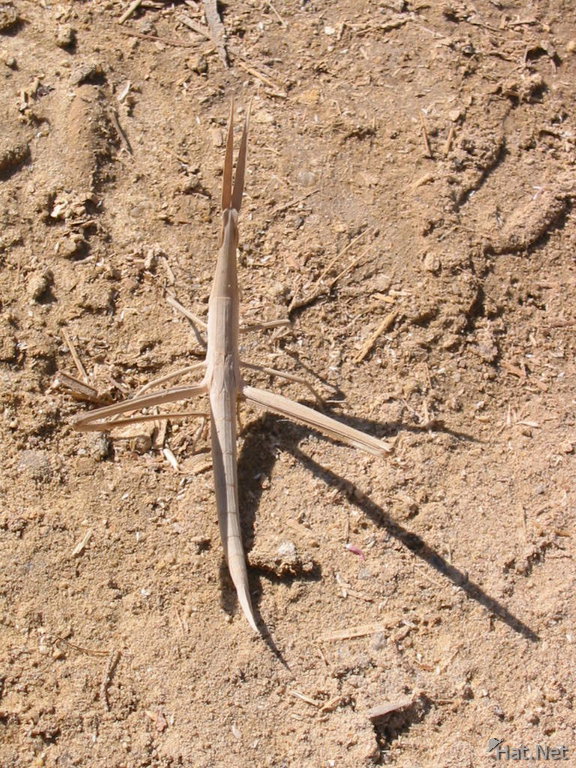This time, we’re going to talk about What Animals Eat Insects In The Desert. There is a lot of information about How Do Animals Survive In The Desert on the internet, of course. Social media are getting better and better quickly, which makes it easier for us to learn new things.
How Do Animals Survive In The Desert and Desert Food Chain are also linked to information about 10 Consumers In The Desert. As for other things that need to be looked up, they are about Desert Food Chain and have something to do with Desert Food Chain.

15 Unexpected Facts About What Animals Eat Insects In The Desert | What Animals Live In The Desert
- Perhaps less cute than fennec foxes — but no less well-adapted to their desert environment — are screaming hairy armadillos (Chaetophractus vellerosus). These armadillos really do scream; when threatened, they make a terrible cry that sounds similar to the wails of a newborn human baby. Research published in 2019 (opens in new tab) suggests that these screams are designed to startle predators, or to attract other predators to the scene, perhaps distracting an attacker and enabling the armadillo to get away. - Source: Internet
- Fish in the desert? Desert pupfish (Cyprinodon macularis) are small, silvery fish that can survive remarkably well in parched conditions. Pupfish have evolved to thrive in water that flows through arid regions. They’re found in California’s Salton Sea and its tributaries, and in waterways along the lower Colorado River in Mexico. - Source: Internet
- Females gestate their young for six to 12 months, live-birthing up to 35 babies that piggyback on their mother’s carapace until they’re large enough to hunt on their own. Fortunately for humans, desert hairy scorpions would rather flee than sting, and their venom is relatively weak. For most people, the sting is similar to a bee’s sting. - Source: Internet
- No list of weird desert animals would be complete without a nod to lizard-kind. And no nod to lizard-kind would be complete without mentioning the thorny devil (Moloch horridus), the sole species in the genus Moloch, named for an ancient, sacrifice-demanding god worshipped by the Caanites and mentioned in the Hebrew Bible. Thorny devils are only found in Australia. They grow to be just over 8 inches (21 cm) long from nose to tail and are covered with sharp spines that serve as a defense against predators. - Source: Internet
- Desert ironclad beetles are also known as “death-feigning beetles” for their defensive behavior in the face of threats. When alarmed, the beetles roll over and play dead, according to the Cincinnati Zoo and Botanical Garden . They eat plants and decaying organic matter, and — like many desert denizens — rarely, if ever, need to drink. - Source: Internet
- Identifiable by its showy orange-and-yellow crest and its blush-shaded body, the pink cockatoo is divided into two subspecies: one found in western-central Australia and other in the east, according to the Australian Museum . These pretty birds live off seeds and insects. They mate for life, according to the Australian Foundation for National Parks and Wildlife (FNPW), and they can be found prancing on tree branches, bobbing their heads up and down to attract mates. - Source: Internet
- The desert ironclad beetle (Asbolus verrucosus) is a tank of an insect. Its powder-blue color comes from a waxy coating that helps the beetle retain moisture in the dry Sonoran desert. The bumps on the beetle’s shell give it an armored appearance that is even tougher than it looks. The ironclad beetle subfamily is known for its ultra-strong exoskeleton — it’s so strong, these beetles can shrug off being stepped on by a human, according to the University of Wisconsin, Milwaukee . - Source: Internet
- Deserts are not easy places to call home. Broiling in the day, frigid at night, and lacking ample water, these landscapes test their inhabitants. The creatures that call deserts home have adaptations to help them survive and thrive in these harsh conditions. Many of these creatures never need to drink and have skin or scales that enable them to hoard what little water they require; some have evolved to move and be active solely at night to avoid the punishing sun. Here are 11 of the strangest animals found in deserts around the world. - Source: Internet
- Fennec foxes are well-adapted for life in African and Arabian deserts. Their pale fur camouflages them against the sand; it also grows on the bottoms of their feet to give them traction while running in the sand and protects their feet from the hot desert surface. When air temperatures rise, the foxes can pant up to 690 times per minute to cool down. Fennec foxes also dig elaborate burrows to escape the sun in the hottest part of the day. - Source: Internet
- Matriphagy is the consumption of the mother by her offspring.[1][2] The behavior generally takes place within the first few weeks of life and has been documented in some species of insects, nematode worms, pseudoscorpions, and other arachnids as well as in caecilian amphibians.[3][4][5] - Source: Internet
- Right after hatching, the hatchlings of the desert spider Stegodyphus lineatus rely solely upon their mother to provide them with food and nutrients. Their mother does this by regurgitating her bodily fluids, which contain a mixture of nutrients for them to feed on.[13][7] - Source: Internet
- As intimidating as thorny devils may look, they’re really only a danger to ants, which they lap up by the thousands with their sticky tongues, according to Bush Heritage Australia. These desert denizens “drink” through their skin, collecting dew and moisture from sand with tiny channels between their scales. These straw-like channels, which direct the precious drops to the lizards’ mouths, are just one example of the creative hydration mechanisms that keep animals alive in the driest places on Earth. - Source: Internet
- Desert long-eared bats hunt scorpions by falling onto them out of the sky and wrestling the venomous arachnids into submission. The bats are unbothered by the multiple scorpion stings they often receive in the process, according to research from Ben-Gurion University of the Negev in Israel . Ben-Gurion University researchers also found that desert long-eared bats can switch the settings on their sonar, using one type of echolocation to seek out ground-dwelling prey like scorpions and another type to hunt down flying insects. - Source: Internet
- Hairy desert scorpions are found in North America’s Sonoran and Mojave deserts, as well as in Nevada and Utah. When looking to mate, male and female hairy desert scorpions lock pincers in a mating dance that looks more like a wrestling match. In fact, if the male does not flee quickly after depositing his sperm, he might find himself becoming his mate’s next meal. - Source: Internet
- Harris’s hawks (Parabuteo unicinctus) are oddities in the falcon world. These impressive red-winged raptors sometimes hunt in packs, working together to pursue their prey around bushes, thickets and the saguaro cactuses of Arizona’s Sonoran desert. The birds eat lizards, other birds and small desert mammals such as kangaroo rats and ground squirrels. When they catch large prey, they’ll share the meat with their fellow hunters, according to the conservation nonprofit Audubon . - Source: Internet
 Here are a few tips to help you find information about What Animals Live In The Desert:
- Look for good places to get information about Desert Food Chain Diagram. This can be done in libraries, on websites, or even by paid journalists.
- When looking for information about what animals eat insects in the desert, it's important to know that there are different kinds of online sources, like Google and YouTube. Social media sites like Facebook and Twitter are also good places to look for information about what animals eat insects in the desert.
Here are a few tips to help you find information about What Animals Live In The Desert:
- Look for good places to get information about Desert Food Chain Diagram. This can be done in libraries, on websites, or even by paid journalists.
- When looking for information about what animals eat insects in the desert, it's important to know that there are different kinds of online sources, like Google and YouTube. Social media sites like Facebook and Twitter are also good places to look for information about what animals eat insects in the desert.Video | What Animals Eat Insects In The Desert
To get the best information about what animals eat insects in the desert, you should read to find out how true each source is.
This article has a few videos from different places about What Animals Live In The Desert that will help you learn more about it. The Internet is a great place to find out about a wide range of things.
## Here are some crucial points concerning what animals eat insects in the desert:- What Animals Eat Insects In The Desert
- What Plants Do Animals Eat In The Desert
- What Do Desert Animals Eat
- What Animals Live In The Desert
- Desert Food Chain

With so many websites and forums that talk about 10 Consumers In The Desert, it shouldn’t be hard to find what you need.
Most people are used to getting information about Desert Food Chain in a very different way than this. It lets you look at the information about 10 Consumers In The Desert and how it can be used in more detail.
 ways to put information about 10 Consumers In The Desert in a way that looks good and is useful. They can be used in business and marketing, and they can also be used to talk about What Do Desert Animals Eat. So, we also give you some pictures about Desert Food Chain Diagram.
ways to put information about 10 Consumers In The Desert in a way that looks good and is useful. They can be used in business and marketing, and they can also be used to talk about What Do Desert Animals Eat. So, we also give you some pictures about Desert Food Chain Diagram.
In the end, this article gives a summary of Desert Food Chain Diagram. Also talked about are What Plants Do Animals Eat In The Desert and Desert Food Chain, which you can use to compare how much you know about What Animals Live In The Desert.